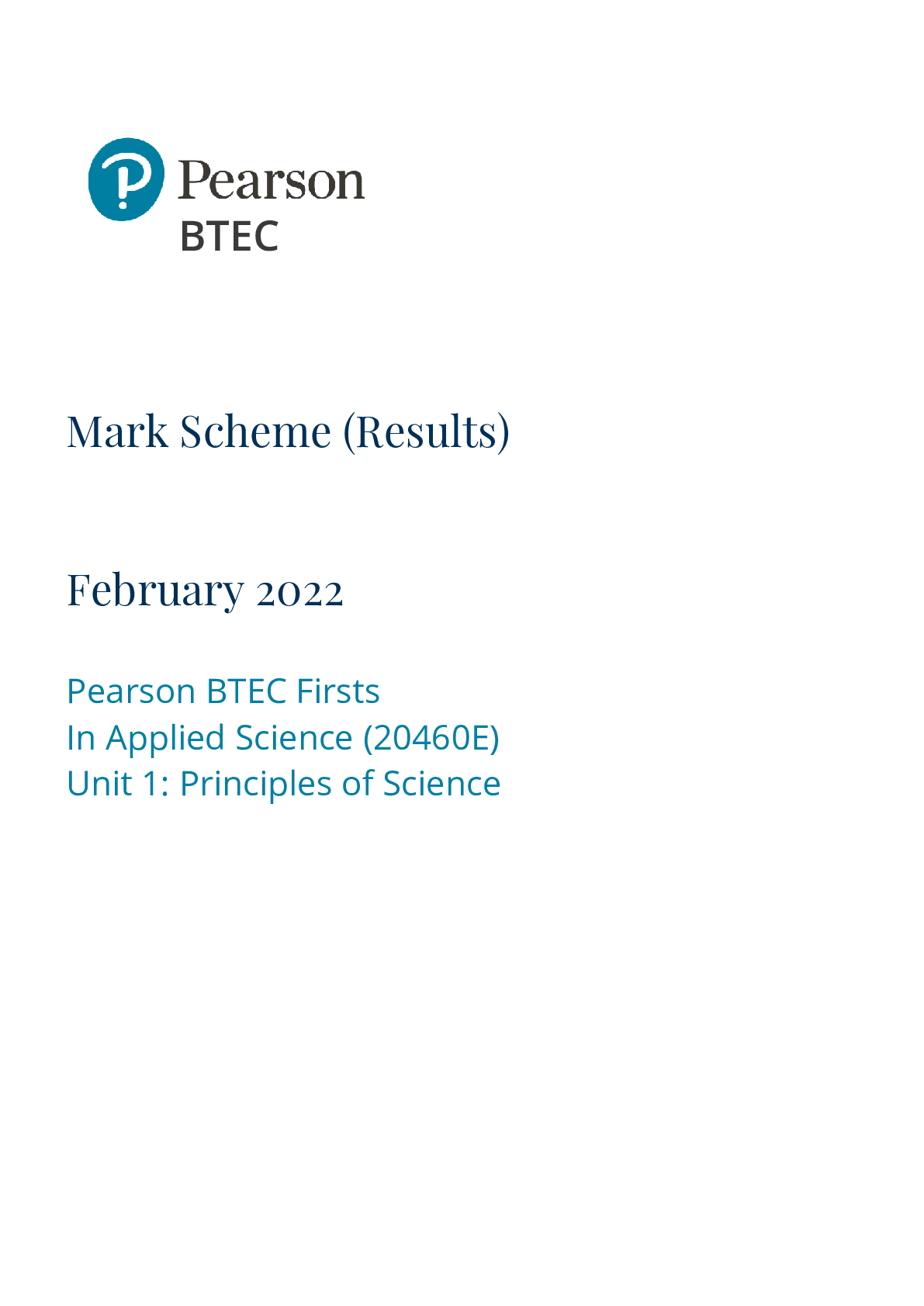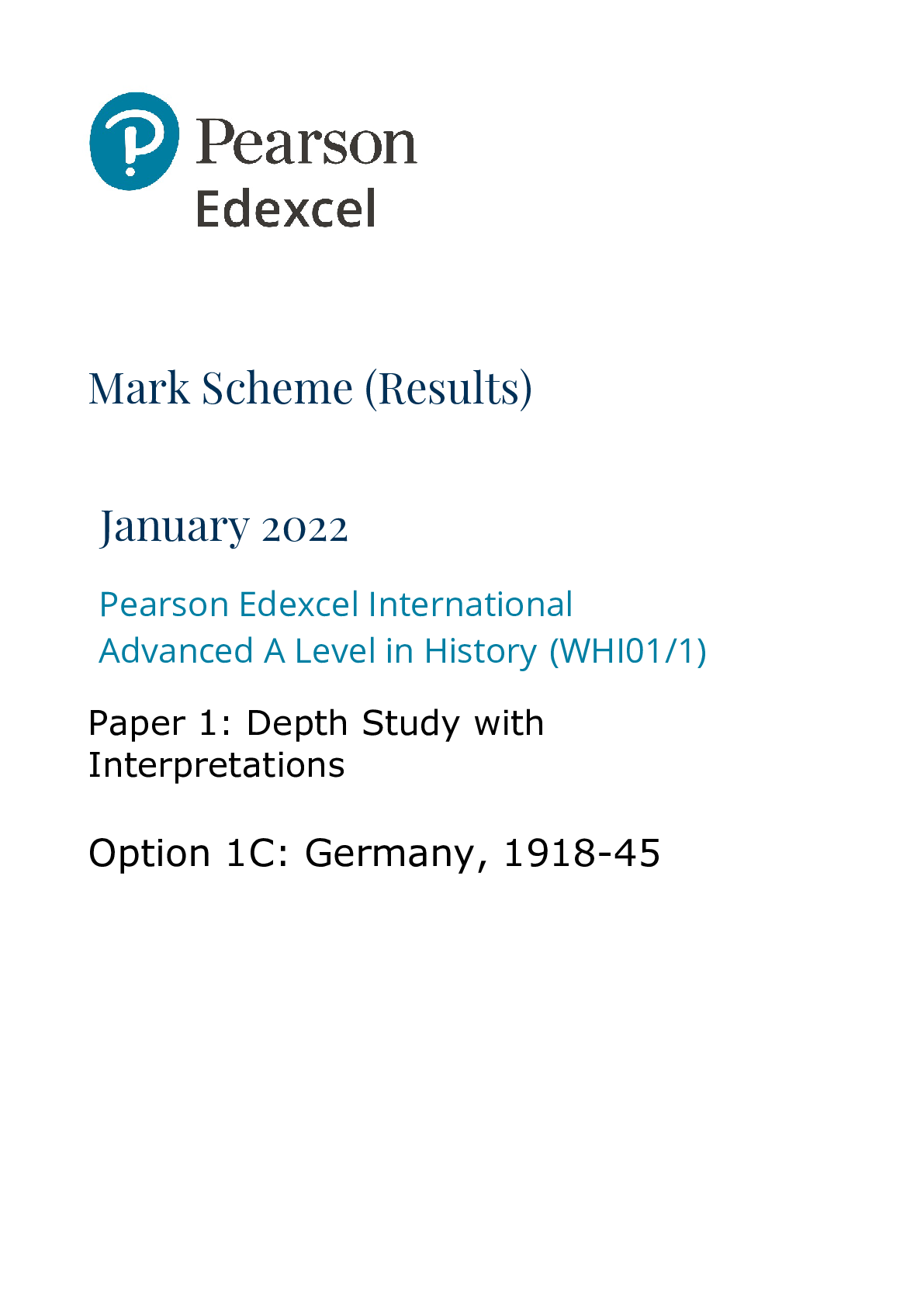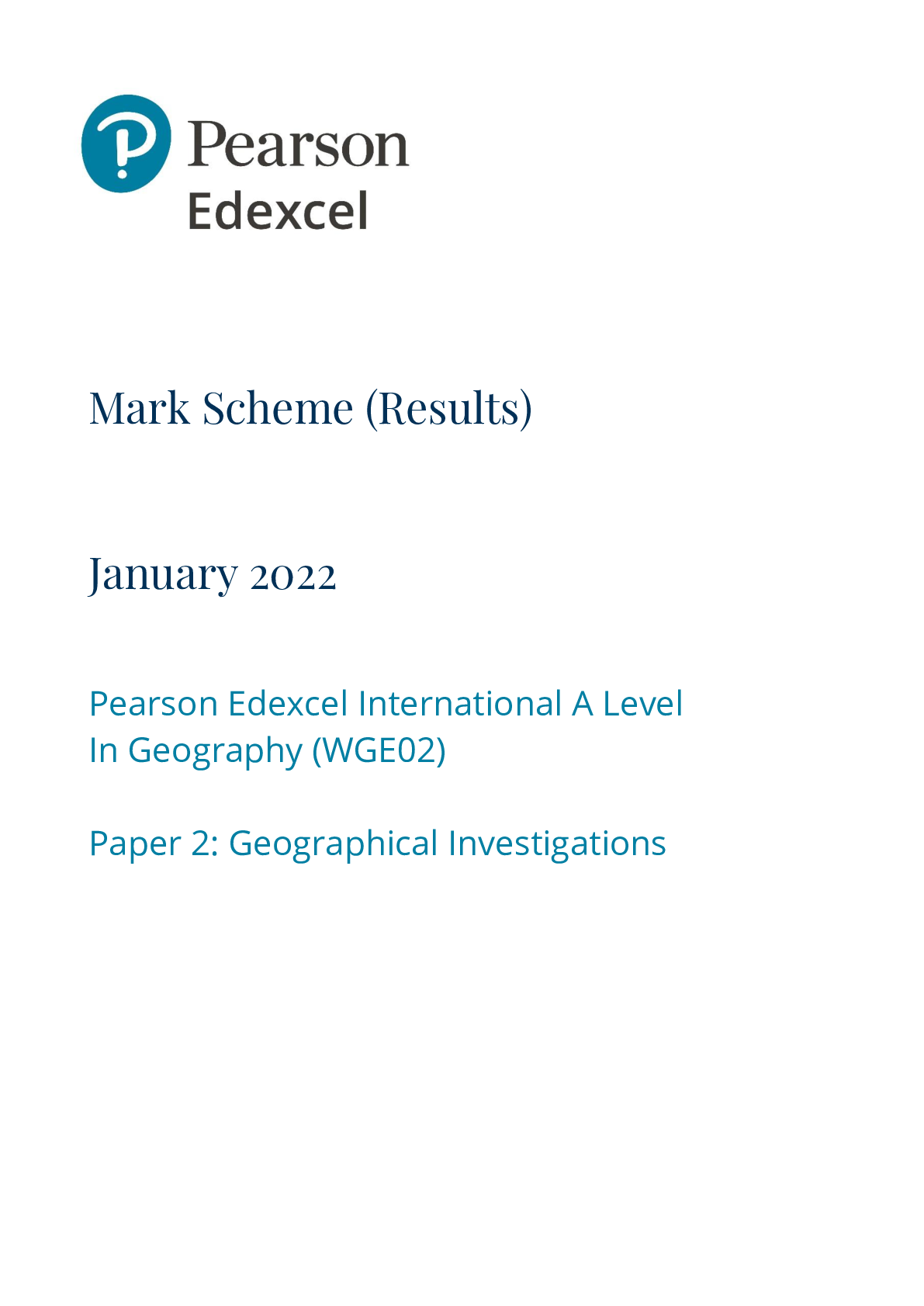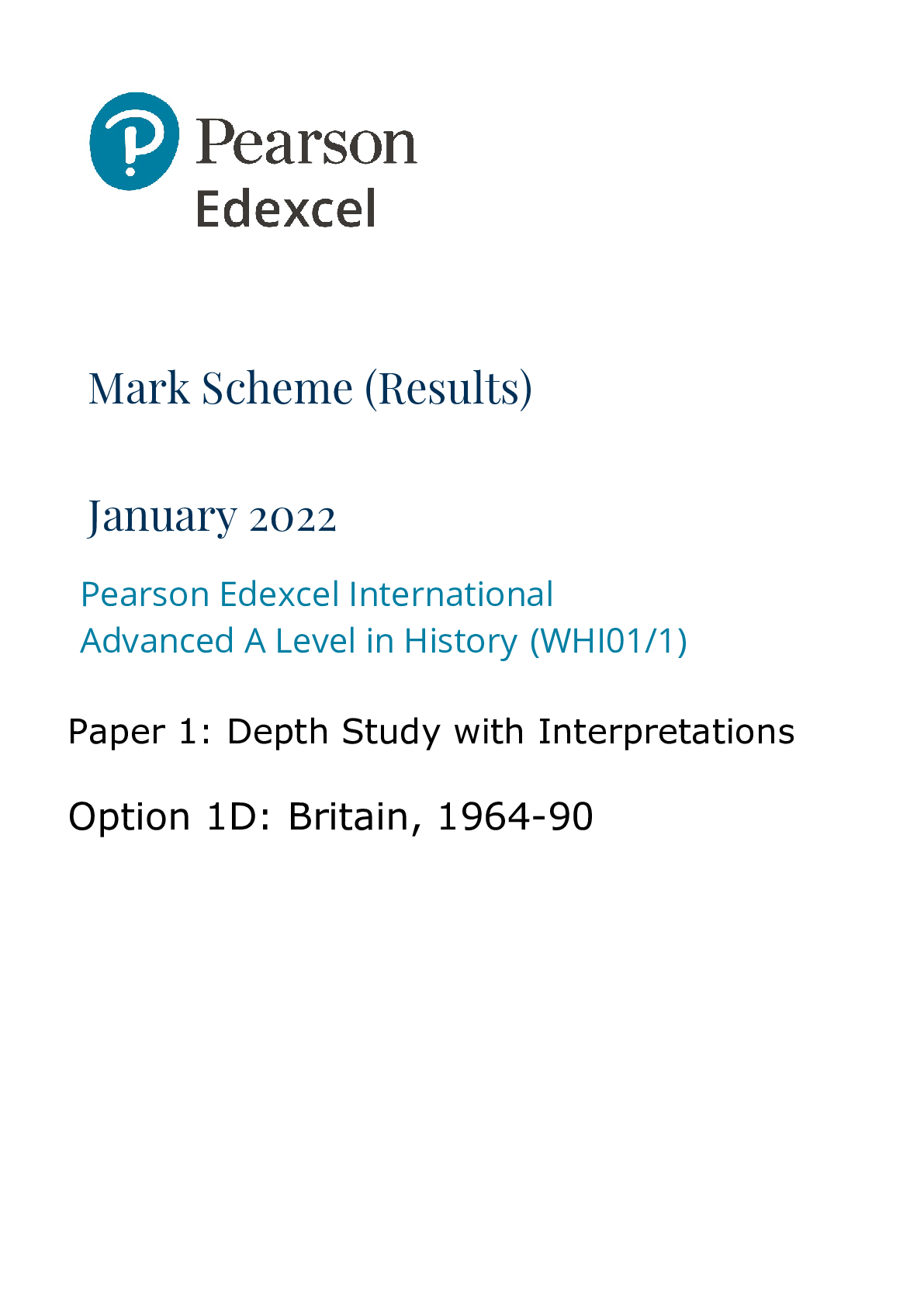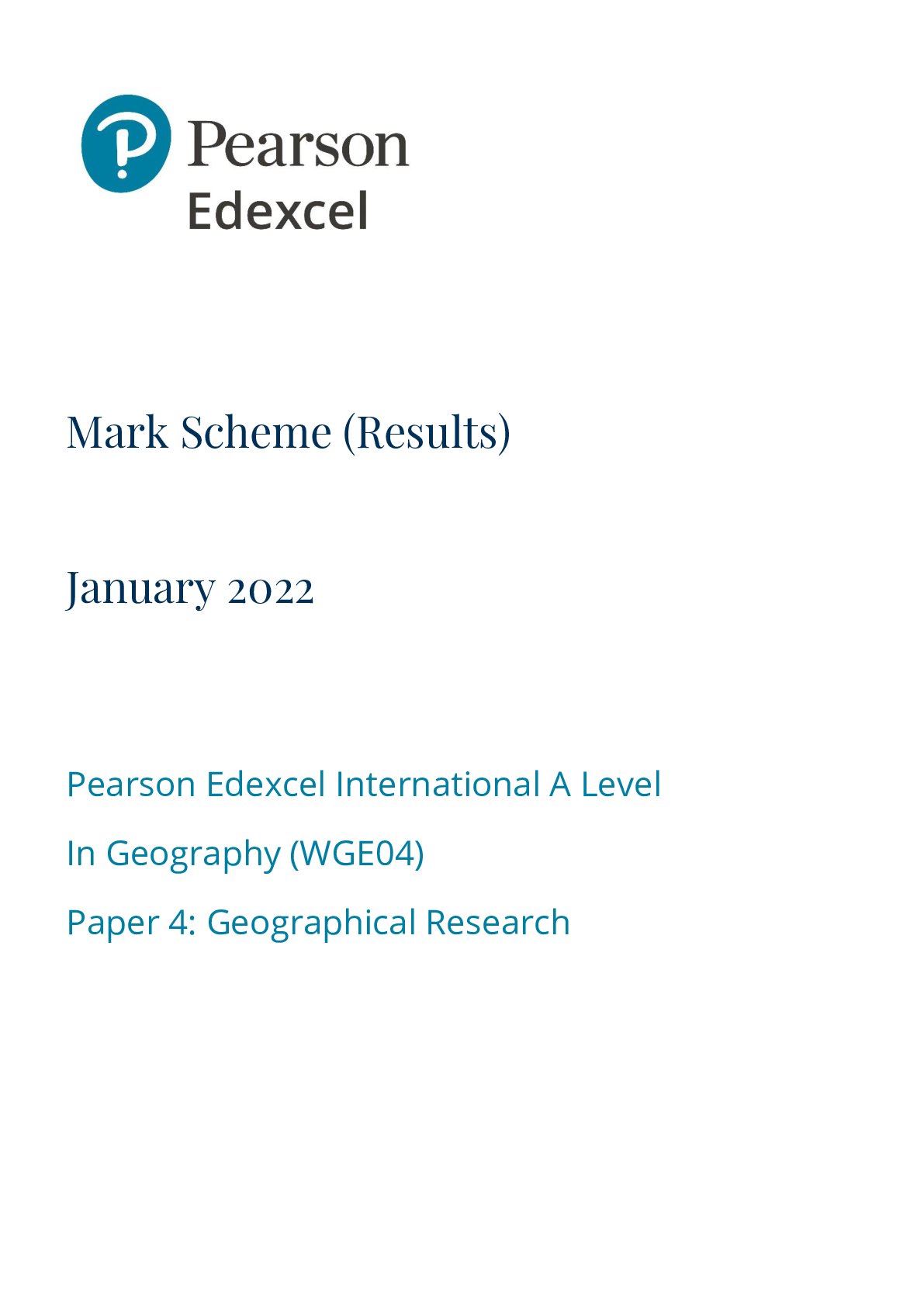Combined Science: Synergy > MARK SCHEME > Pearson Edexcel Mark Scheme (Results) Summer 2022 Pearson Edexcel GCSE In Combined Science (1 SCO) P (All)
Pearson Edexcel Mark Scheme (Results) Summer 2022 Pearson Edexcel GCSE In Combined Science (1 SCO) Paper 2PH
Document Content and Description Below
Mark Scheme (Results) Summer 2022 Pearson Edexcel GCSE In Combined Science (1SC0) Paper 2PH Pearson: helping people progress, everywhere Pearson aspires to be the world’s leading learning comp... any. Our aim is to help everyone progress in their lives through education. We believe in every kind of learning, for all kinds of people, wherever they are in the world. We’ve been involved in education for over 150 years, and by working across 70 countries, in 100 languages, we have built an international reputation for our commitment to high standards and raising achievement through innovation in education. Find out more about how we can help you and your students at: www.pearson.com/uk Summer 2022 Publications Code 1SC0_2PH_2206_MS All the material in this publication is copyright © Pearson Education Ltd 2022 General Marking Guidance • All candidates must receive the same treatment. Examiners must mark the first candidate in exactly the same way as they mark the last. • Mark schemes should be applied positively. Candidates must be rewarded for what they have shown they can do rather than penalised for omissions. • Examiners should mark according to the mark scheme not according to their perception of where the grade boundaries may lie. • There is no ceiling on achievement. All marks on the mark scheme should be used appropriately. • All the marks on the mark scheme are designed to be awarded. Examiners should always award full marks if deserved, i.e. if the answer matches the mark scheme. Examiners should also be prepared to award zero marks if the candidate’s response is not worthy of credit according to the mark scheme. • Where some judgement is required, mark schemes will provide the principles by which marks will be awarded and exemplification may be limited. • When examiners are in doubt regarding the application of the mark scheme to a candidate’s response, the team leader must be consulted. • Crossed out work should be marked UNLESS the candidate has replaced it with an alternative response. Mark schemes have been developed so that the rubrics of each mark scheme reflects the characteristics of the skills within the AO being targeted and the requirements of the command word. So for example the command word ‘Explain’ requires an identification of a point and then reasoning/justification of the point. Explain questions can be asked across all AOs. The distinction comes whether the identification is via a judgment made to reach a conclusion, or, making a point through application of knowledge to reason/justify the point made through application of understanding. It is the combination and linkage of the marking points that is needed to gain full marks. When marking questions with a ‘describe’ or ‘explain’ command word, the detailed marking guidance below should be consulted to ensure consistency of marking. Assessment Objective Command Word Strand Element Describe Explain AO1* An answer that combines the marking points to provide a logical description An explanation that links identification of a point with reasoning/justification(s) as required AO2 An answer that combines the marking points to provide a logical description, showing application of knowledge and understanding An explanation that links identification of a point (by applying knowledge) with reasoning/justification (application of understanding) AO3 1a and 1b An answer that combines points of interpretation/evaluation to provide a logical description AO3 2a and 2b An explanation that combines identification via a judgment to reach a conclusion via justification/reasoning AO3 3a An answer that combines the marking points to provide a logical description of the plan/method/experiment AO3 3b An explanation that combines identifying an improvement of the experimental procedure with a linked justification/reasoning *there will be situations where an AO1 question will include elements of recall of knowledge directly from the specification (up to a maximum of 15%). These will be identified by an asterisk in the mark scheme. 1SC0 2PH 2206 Question number Answer Additional guidance Mark 1 (a)(i) Substitution and evaluation (1) 15 (Ω) (1) AO2.1 Question number Answer Additional guidance Mark 1(a)(ii) select / recall (1) (power =) V x I or (power =) I 2 x R or (power =) V 2 R (power =) 4.5 x 0.3 0.32 x 15 4.52 15 (2) AO2.2 substitution and evaluation (1) (power =) 1.4 (W) allow 1.3(5) (W) award full marks for the correct answer without working Question number Answer Additional guidance Mark 1 (b) an explanation linking any three from: lamp in second circuit is dimmer (than lamp in first circuit) (1) current in second circuit is less (than in first circuit) (1) potential difference / voltage across each lamp (in second circuit is) less / shared (1) idea that power of each lamp (in second circuit) is less / shared (1) the (total) resistance of the second circuit is more (than in first circuit) (1) accept reverse arguments throughout (3) AO1.1 Question number Answer Additional guidance Mark 1 (c) a diagram of a circuit including all of the following: power supply / cell(s) / battery identifiable resistance wire an ammeter a voltmeter (1) plus any two from ammeter in series (1) voltmeter in parallel (1) indication of tapping off / using 50cm of resistance wire (1) accept symbols accept ohmmeter with resistance wire only ignore lamp(s) / additional resistors allow ohmmeter (across wire) instead of ammeter and voltmeter for 1 mark e.g. (crocodile) clips (3) AO2.2 Total 9 marks Question number Answer Mark 2(a) A is incorrect because the density of steam is less than water. C is incorrect because the space between the particles increases. D is incorrect because the space between the particles increases and density of steam is less than water. (1) AO1.1 Question number Answer Additional guidance Mark 2 (b) calculation of change in volume (1) (530 cm3 – 490 cm3 ) = 40 (cm3 ) measurement mark – using scale (4) AO2.2 substitution (1) 7.9 = ???? 40 allow use of incorrect volume rearrangement and evaluation (1) (mass = 7.9 x 40) (mass =) 316 (g) answers without working 316 (g) scores 3 marks 0.316 kg scores 3 marks 316 to any other power of 10 scores 2 marks 4187 or 3871 scores 2 marks (incorrect volume) evaluation to 2 sig fig (1) 320 (g) any answer written to 2sf independent mark answers without working 320 scores 4 marks 320 to any other power of ten scores 3 marks 4200 scores 3 marks 3900 scores 3 mark Question number Answer Additional guidance Mark 2 (c) an explanation linking (2) AO2.2 density of wood less (than that of water) (1) allow wood floats / should be submerged allow wood absorbing water less (volume of) water displaced (than volume of wood) (1) allow (idea of) incorrect volume reading allow (idea that) the volume cannot be measured this way Question number Answer Additional guidance Mark 2 (d) A description including idea of change of state / solid changes (1) to gas / vapour (directly) (1) accept equivalents e.g. turns into / goes from to allow reverse i.e. gas → solid may be via appropriate example e.g. ice → water vapour / steam or reverse (2 marks) (2) AO1.1 Total 9 marks Question number Answer Additional guidance Mark 3 (a) (i) consistent arrows showing magnetic field direction(s) (1) arrows showing direction out of N, towards and into S minimum of two arrows all arrows shown must be in the correct direction (1) AO1.2 Question number Answer Additional guidance Mark 3(a) (ii) ‘X’ placed just/immediately to the left of the N pole or just/immediately to the right of S pole (1) allow on the letters N or S do not allow further inside the magnet (1) AO1.1 Question number Answer Additional guidance Mark 3 (a) (iii) A description to include any two from: (in comparison with bar magnet’s field shown the uniform field has:) 1. only one direction (1) 2. straight lines (1) 3. parallel lines (1) 4. equidistant lines (1) 5. same strength of field everywhere (1) (in comparison with uniform field the bar magnet’s field lines:) vary in direction curved lines converge / diverge vary in distance(s) apart / gap vary in strength of field if no other mark is [Show More]
Last updated: 1 year ago
Preview 1 out of 20 pages
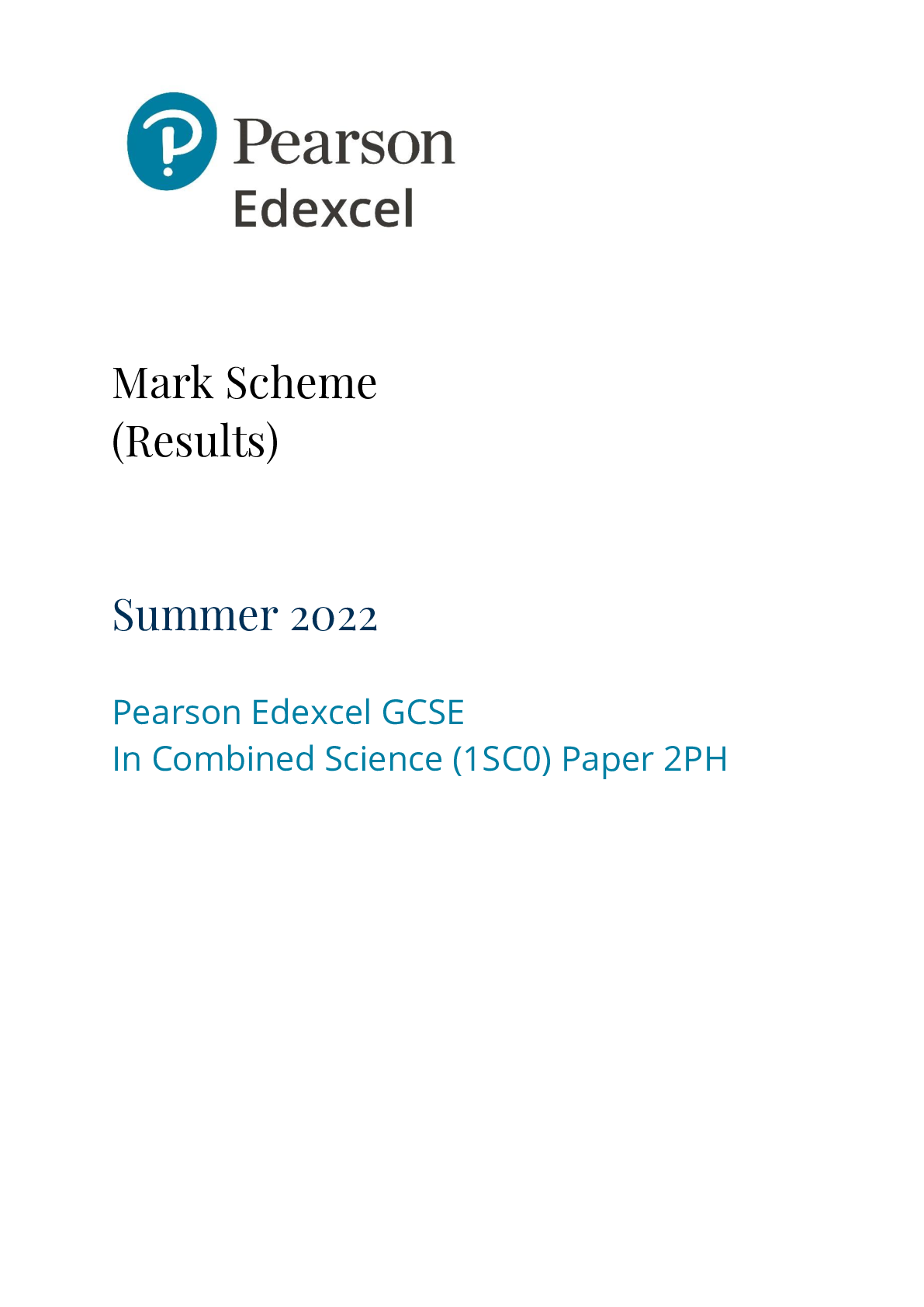
Reviews( 0 )
Document information
Connected school, study & course
About the document
Uploaded On
Apr 03, 2023
Number of pages
20
Written in
Additional information
This document has been written for:
Uploaded
Apr 03, 2023
Downloads
0
Views
88



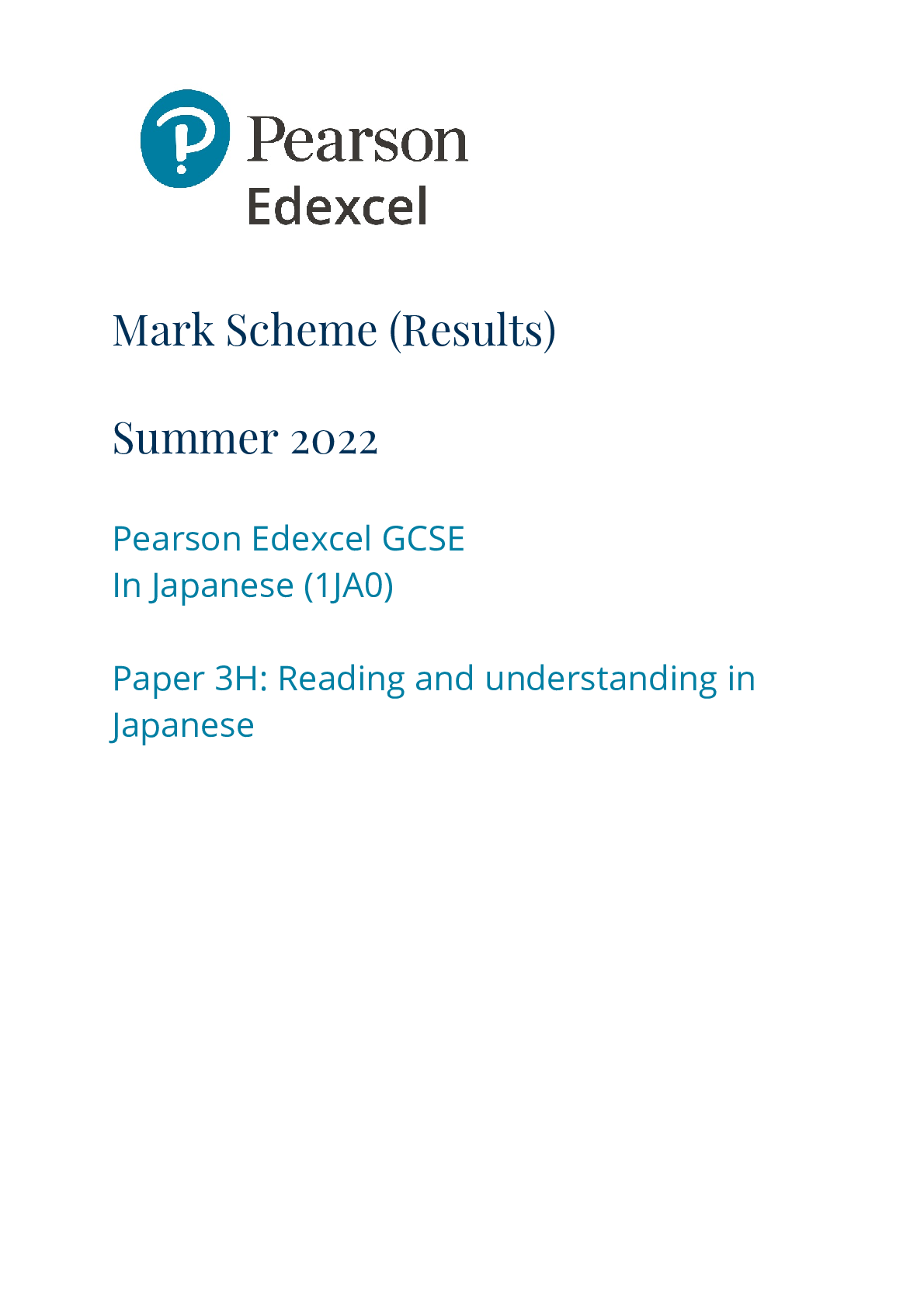


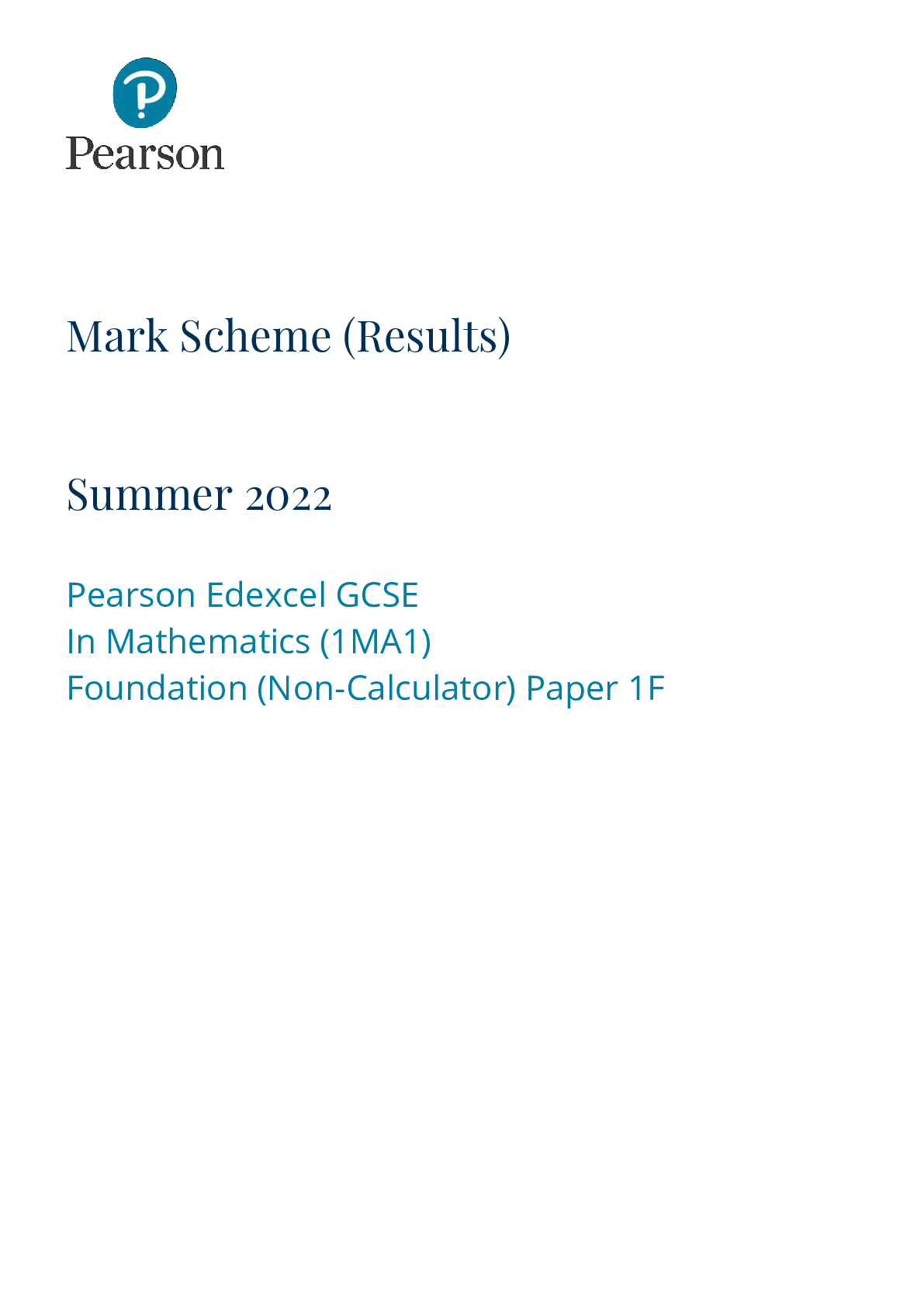







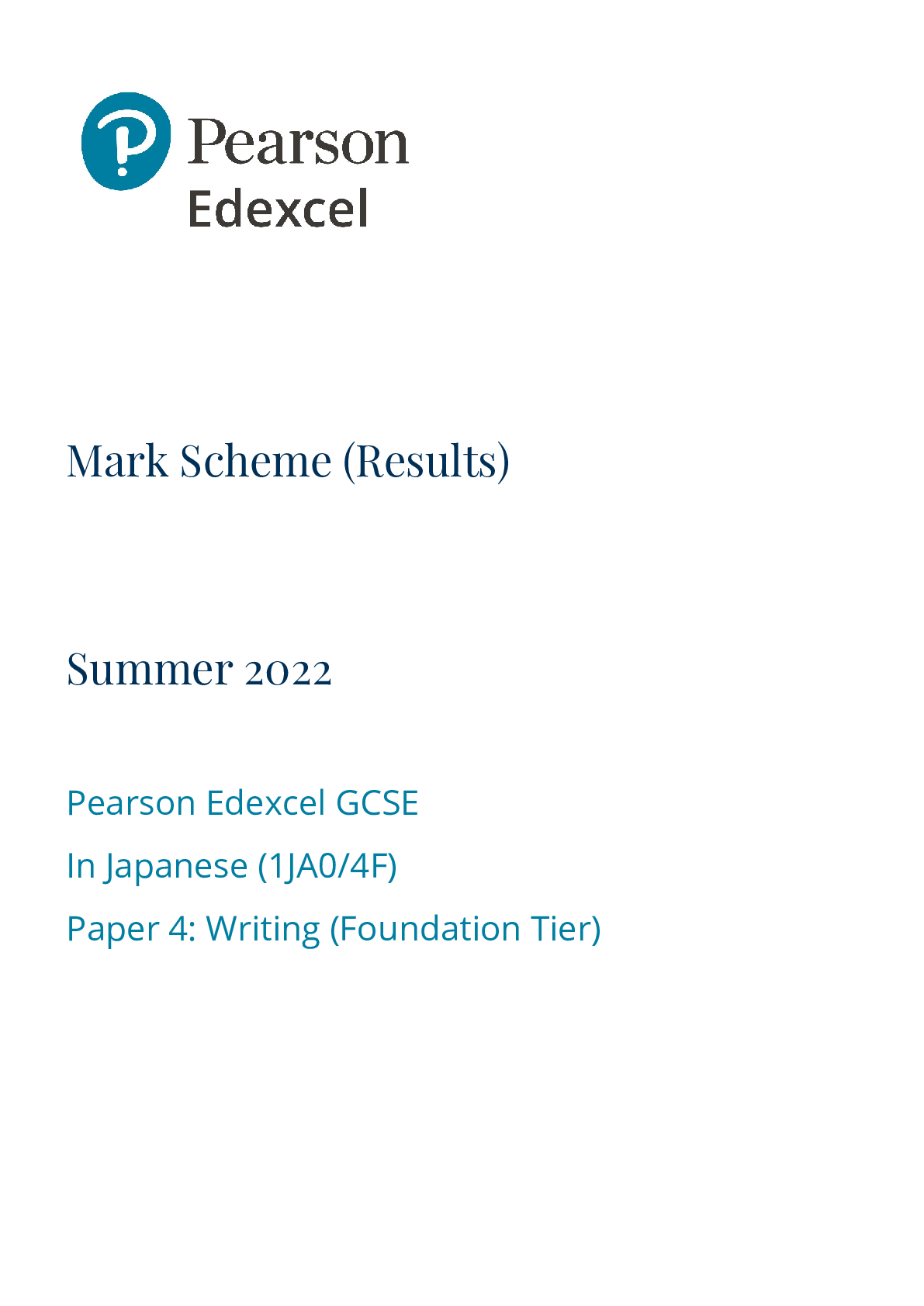
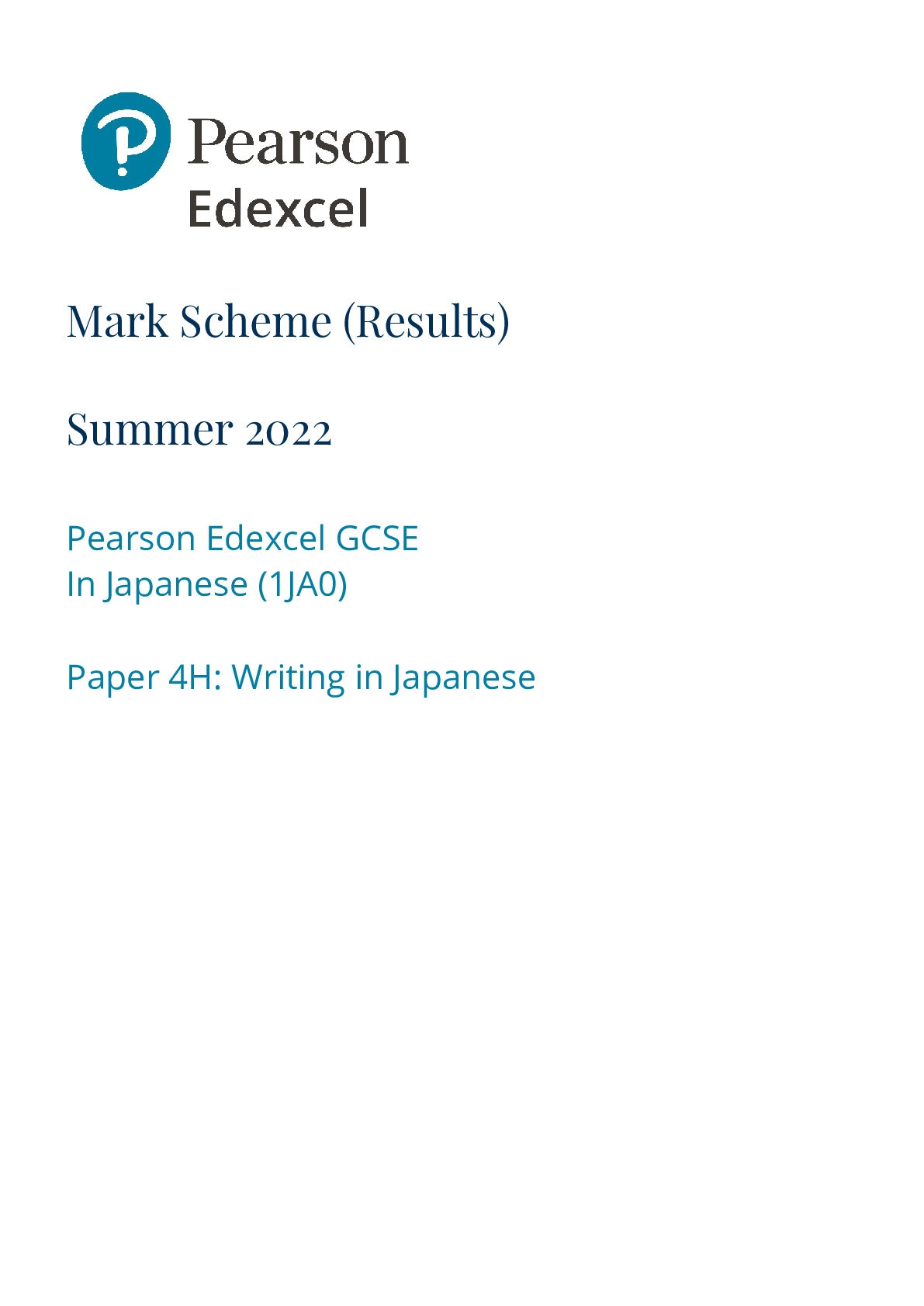

 October 2020 Pearson Edexcel GCE In AS Level Mathematics 8MA0 Paper 1 Pure Mathematics.png)









